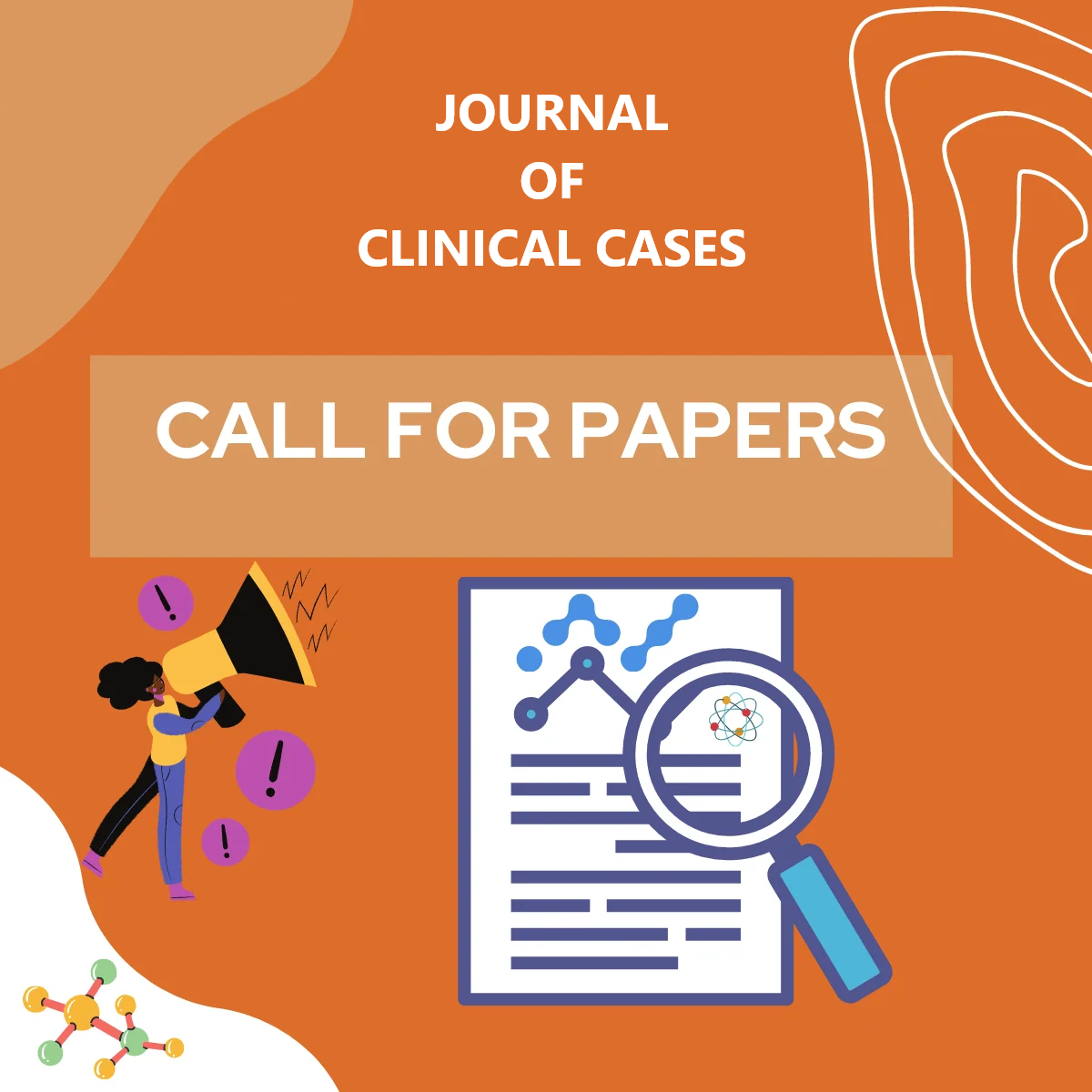Journal Citations
- Crossref
- PubMed
- Semantic Scholar
- Google Scholar
- Academia
- SCRIBD
- ISSUU
- Publons
- MENDELEY
Share This Page
Journal Page

Adipose Tissue Stem Cells For Knee Arthritis And Cartilage Lesions: A 3 Years Follow-up
Dimitrios Tsoukas*1, Christos Simos1 and Vasilliki Kalodimou2
Departments: 1Orthopaedic Clinic for Advanced Arthroscopic Sports and Regenerative Medicine MITERA Hospital Athens, Greece. 1 Cytometry-Research and Regenerative Medicine IASO Maternity and Research Hospital Athens Greece. 2Cytometry-Research and Regenerative Medicine IASO Maternity and Research Hospital Athens Greece.
Corresponding Author: Dimitrios Tsoukas
Published Date: : 21 Aug 2023; Received Date: 07 July 2023
ABSTRACT
Introduction:The purpose of this research article is to evaluate the efficacy and the safety of injections of stromal vascular fraction SVF, obtained with minilipoaspiration of fat tissue for knee osteoarthritis and cartilage lesions.
Materials and Methods: A total of 76 patients (45 females and 31 males, mean age 64 years old and range 53-75 years old, BMI no more than 30%, with symptomatic primary osteoarthritis of the knee, without previous arthroscopic intervention) underwent during the period January 2018 to February 2021 a local tumescent lipoaspiration procedure of 60-80 cc of fat tissue from the abdomen. SVF was obtained after centrifugation according the Adiprep Adipose Transfer System by Harvest-Terumo, Plymouth, MA, USA technique. The final product was checked with flow cytometry for absolute numbers, vitality and CDs population. It was injected intraarticularly into the patients knees that were divided in two groups: Group -1 had patients with knee osteoarthritis Kellgren- Lawrence grade early 4 and Group-2 with osteoarthritis K-L grade 2-3. IKCD and KOOS questionnaires were used to evaluate clinical effects and measure patient’s subjective assessment of pain, joint mobility, and physical disability before the injections. They were repeated at 6 months, one, two and three years post injections. Knee cartilage lesions patients were divided in two subgroups: Group-A (11 patients with OA K-L grade 2-3 and Outterbridge cartilage lesions grade 2-3) and Group-B (7 patients with OA K-L grade early 4 and cartilage lesions Outterbridge grade late 3 -early 4) were estimated with quantitively analysis of MRI at 1, 2 and 3 years post-injections.
Results: The average IKDC score in Group-1 was 45.9, 63.2, 62.4, 60 and 52. The KOOS score of the same group was 53, 79, 72, 69 and 62 at the end of the third year. The average total IKDC score in Group-2 was at baseline 48.3, at 6months 78.2, at one year 77, at two years 70.4 and at three years 61 and the KOOS score of this group was accordingly 57, 84, 86, 79 and 69 at three years. For the patients with cartilage lesions Group-A presented lesser volume mean numbers of the lesion 74% at the end of the first year post-injection, 61% at the second and 52% at the end of the third year at 2 out of 7 patients of the group. The rest of them had no significant difference. Lesser volume mean number of the lesions on Group-B was 85-88%, 70% and 61% at the end of the third year at 5 out of 11 patients of the group. The rest of them had no significant difference.
Conclusion: Adipose derived SVF injected intraarticularly in arthritic knees seems to provide good to excellent clinical results for 3 years and radiological results for cartilage lesions for 2 years post-injections. All patients were satisfied with this treatment with reduction in pain and better joint mobility, especially after 2-3 months up to 3 years. No serious side effects or complications reported.

